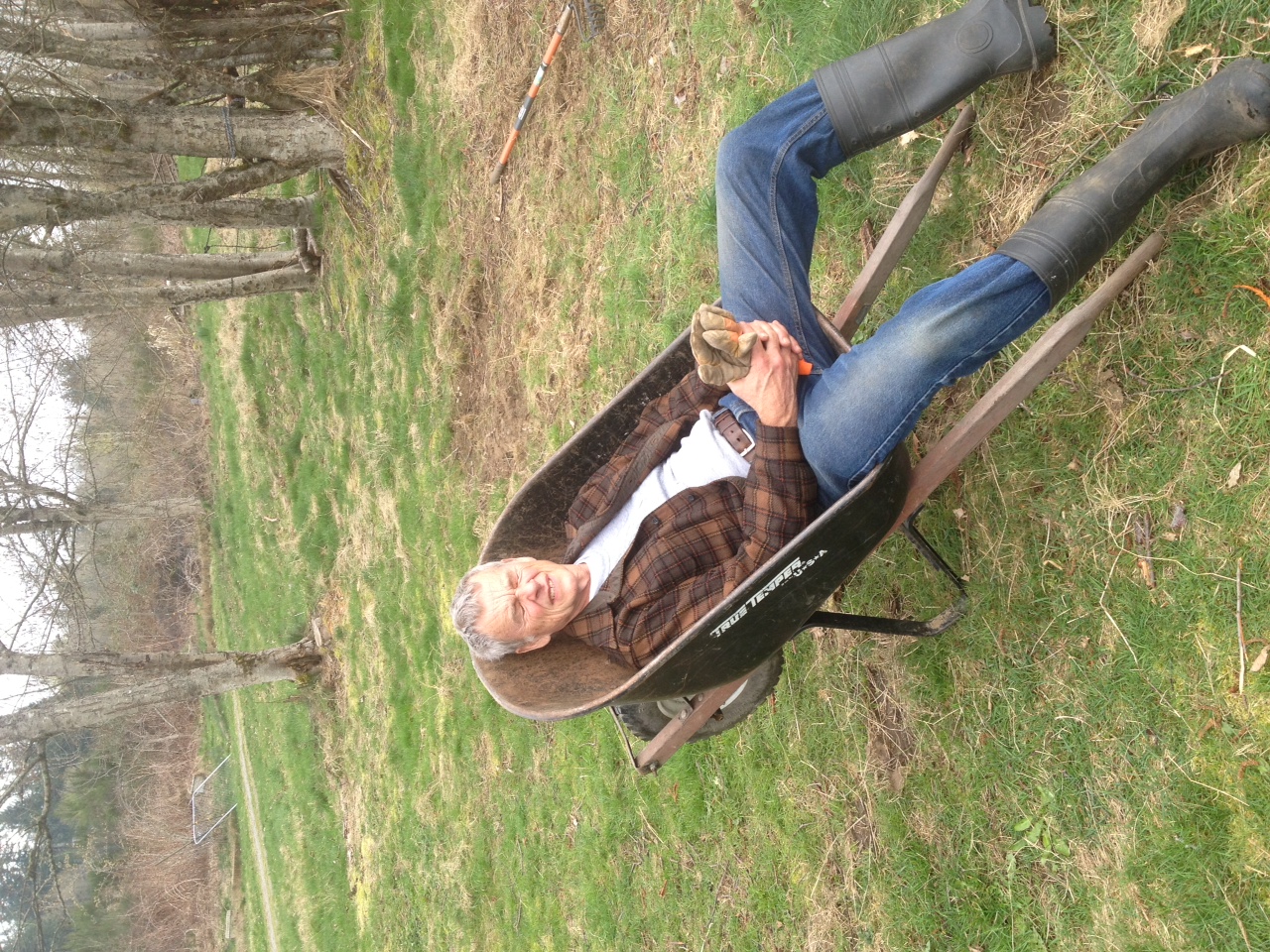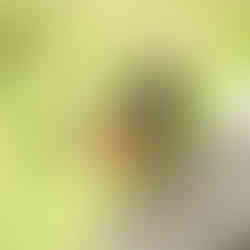Red-Eyed Birds
- Ken Campbell

- Oct 30, 2021
- 3 min read
Updated: Nov 2, 2021
Among the 50 or so bird species that visit the farm, two have red eyes. Yes, really, red eyes. Most birds have brown/black eyes; a few have yellow eyes; and fewer still have red eyes. The two avian farm visitors that share this trait have little else in common.
One of the red-eyed visitors is the Spotted towhee. This is a bird that is never far from cover. In places with heavy brush, it is common to hear the Spotted towhee rustling on the ground underneath the bushes. It forages for seeds and insects and rustles by turning the surface with a vigorous two-legged scratch. Sometimes the sound it creates in a dry understory is much greater than you think such a little bird could make. Many times, when in the mountains, I have been fooled by these scratchings and have spent time and stealth attempting to discover the bestial origins of these sounds only to learn that the source was a foraging towhee. I don’t know that the towhee’s red-eye contributes anything special to its personality other than it marks the bird as somewhat unique.
The second red-eyed bird on the farm is the Cooper’s hawk. A Cooper’s hawk will catch and eat a Spotted towhee if it can. If it doesn’t catch the towhee, the hawk will settle for juncos, flickers, quail, robins, jays, sparrows, or any other small to medium-sized bird that presents itself as the hawk flies swiftly through and around the trees in its wooded hunting grounds. The hawk’s red eye is in keeping with its malevolent demeanor. I have been stared down a time or two by this bird at close range. With its blazing eyes, the hawk has made me feel each time as if I was being accused of something or other and would be held accountable. Cooper’s hawks are loners and associate only with their mates and then only at nesting time. Other birds do not find the Cooper’s hawk a welcome companion.
Spotted towhees are common birds in the western mountains and in the forests of the Pacific Northwest. It is a prominent member of the community of birds (juncos, sparrows, finches, chickadees) that inhabit the brush and cover that prevails on the farm. They are regular visitors to the bird feeder where they forage primarily on the ground under the feeder rather than on the feeder itself.
Cooper’s hawks are not common but they always have a palpable presence. They too visit the bird feeder but their intent is to feed on the birds at the feeder rather than on any of the offered feed seeds. A Cooper’s visit is quick and sudden as it swoops in hoping to snatch a slow escaping bird; missing a catch, the hawk will continue on its way to land in a nearby hide. After waiting enough time for frightened birds to return to the feeder, the hawk leaves its hide and swoops by once again before it departs for another spot to hunt.
So here are two birds brought together in an unlikely pairing because they both have red eyes. Other than that, they have little in common. They are part of the farm’s avian mix and each has a distinctly different role to play in the ecological dynamics of the place. If there is more to be gleaned from this, I don’t know what it might be.










Comments